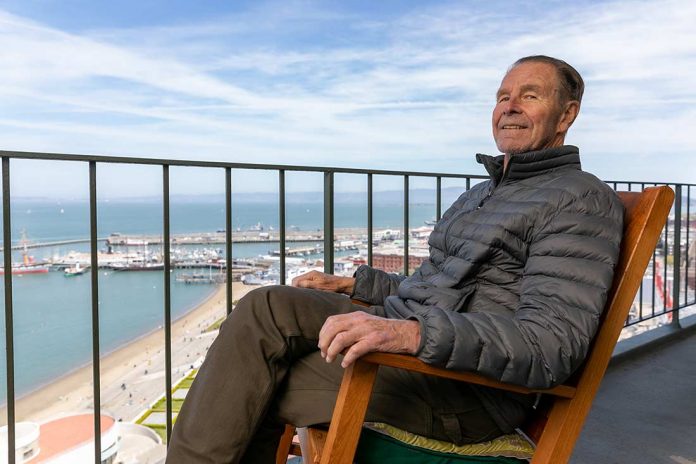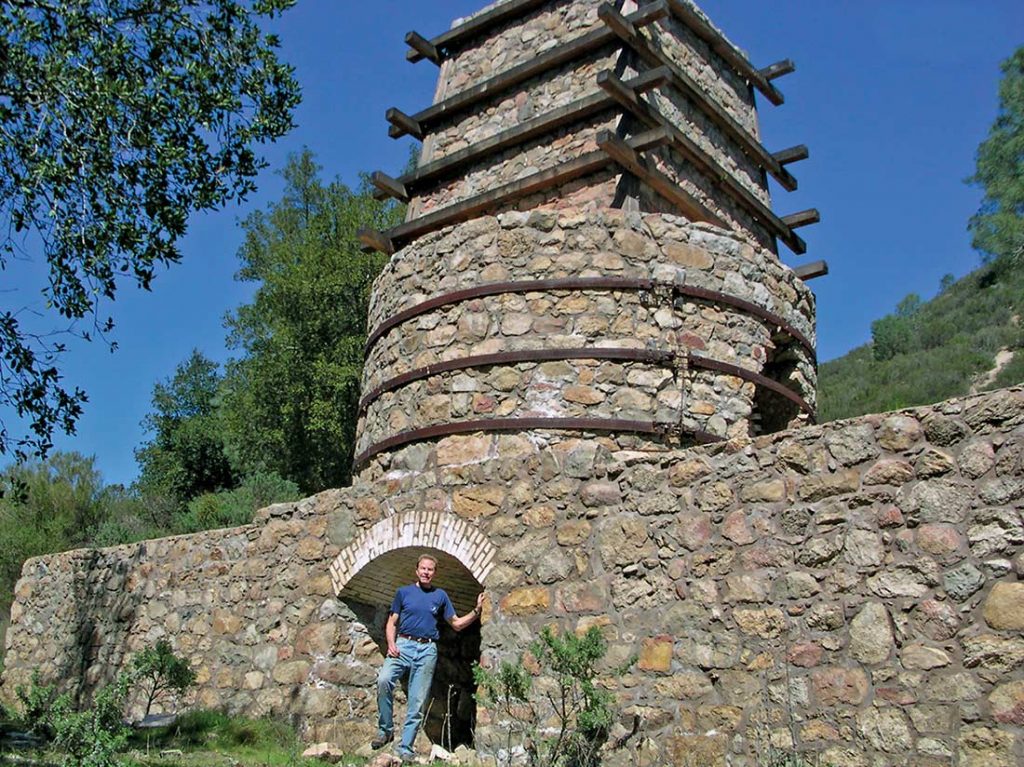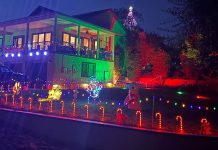
For Josh Jensen, famed founder of Calera Winery in Hollister, life after 40 years of being at the forefront of the exciting and fast-moving wine business has been quite an adjustment. He’s been named the 2007 Winemaker of the Year by the San Francisco Chronicle, appeared on the cover of Wine Spectator and is considered a true rockstar Pinot pioneer in the New World.
But now, he’s retired.
In 2016, when he sold his beloved San Benito-based winery, which he founded in 1976, to Duckhorn Wine Company, he felt he had done his part. The time was right, the deal was a good one, and he was ready to leave the winery in the capable hands of talented winemaker, Mike Waller.
“However, I had not really thought about retirement,” Jensen admits. “The first month, I didn’t know where I was or where to go. But I haven’t regretted it at all. I just have to keep moving so I don’t vegetate!”
Jensen grew up in Orinda and went to Yale before heading to Oxford for graduate school. He credits his dentist father’s friend, George Selleck (the two met in World War II), for introducing him to fine wine at dinner parties.
“They were part of a group who became super collectors after WWII,” he says. “I got to taste all the greatest wines in the world.”
He decided to pursue wine as a career, and fittingly, apprenticed from 1970 to 1971 at Domaine de la Romanée Conti (DRC) and Domaine Dujac.
From French vignerons, he learned that limestone soils were fundamental to the finest Burgundies. This informed his famous Don Quixote-like quest to find the ideal terroir for growing Pinot Noir in the New World.
Literally searching the western U.S., searching for a place that mimicked the soils of Burgundy, he finally discovered the perfect spot in 1974. It lay 25 miles inland from Monterey, near 3,274-foot Mt. Harlan, at the site of a former limestone mine. Jensen initially planted three Pinot Noir vineyards here in 1975, at 2,200 feet, calling them Jensen, Selleck and Reed. He used cuttings from vines in Chalone, Napa and suitcase clones smuggled in from DRC in France. These vines adapted to their new home and over decades have become known as the Calera clone: highly prized for the small clusters and intense flavors they impart.
On the property in the Gabilan Mountains was a 30-feet limekiln, built around 1860. In Spanish, limekiln is “calera.” Both the image of this device, used to cook limestone rock so it could be used in cement and mortar, and the Spanish name, made their way onto the iconic label.
Acquiring an adjacent parcel in 1977, Jensen used the framework of a rock-crushing facility to build a gravity-fed winery, eliminating the need for pumps. The first vintage, 1978, was tiny, at just 65 cases, but gave him hope that magic could be made here.
“I was convinced this place had staying power, right from the first vintage,” Jensen says. “The wines were immense and tight, with enormous tannic structure: ageworthy and then some.”

He added a fourth block of Pinot Noir, Mills, and six acres of Chardonnay in 1984. The DeVilliers Vineyard was added in 1997, followed by the Ryan Vineyard, which is the highest altitude on the property at 2,500 feet. He added Viognier and Aligoté, a rarity in California. In 1990, he won approval for the 7,400-acre Mt. Harlan AVA.
Later, Jensen would build a series of caves, an undertaking he never imagined would be so difficult.
“I left one wall unsprayed with concrete, so people could see the native rock,” he says. “It’s funny, but one of the reasons Dan Duckhorn was so interested in buying my property was the caves. None of their other wineries had caves.”
Jensen says when they negotiated the sale, the Duckhorn offer included what he thought an unusual request.
“They said, ‘we want you to buy a stake in Calera.’ I wasn’t sure it would amount to anything, but I did buy stock.”
A week after the Duckhorn IPO, he wasn’t regretting a penny of it.
“I sold all my stock at the IPO, and to my amazement, it went up! It was a happy surprise. All I heard was how hard it was to sell wine, especially during the pandemic. But Americans are staying home and drinking wine.”
After decades in the starkly beautiful limestone hills of San Benito, Jensen moved five years ago to a spacious home on the San Francisco waterfront, near where his daughter Sylvie lives with her husband and their two young daughters. He walks along the Bay every day, and it’s a mere two blocks from Gary Danko. The convenience of living in the city is quite a jarring contrast to the remoteness of the bucolic, windswept silence of Cienega Road.
“Where I lived for 40 years, I had a 360-degree view of untouched landscape,” Jensen says. “We buried all the lines and made a decision not to have telephone poles. There was zero water in my line of sight. Now, all I see is water!”
Being fully retired, he hasn’t been on an airplane for more than a year, and that’s not just because of the pandemic. He’s done a lot of traveling. What he misses most about the wine business are the people, especially those he met through Steven Spurrier at the Acadamie du Vin, and the three- and four-day tastings they used to hold in Geneva every year.
One of Jensen’s fondest memories, though, is of the party he threw for himself in San Francisco when he turned 50, nearly 30 years ago now.
“All of the people I invited got up to speak, and they all told the same story. They were sure I was going to lose my shirt with the Calera venture. These were business people I’d gone to high school and college with! They all thought I was going to go bankrupt. I just sat there shaking my head.”
It’s safe to say he’s having the last laugh: over a glass of Calera Pinot Noir.









